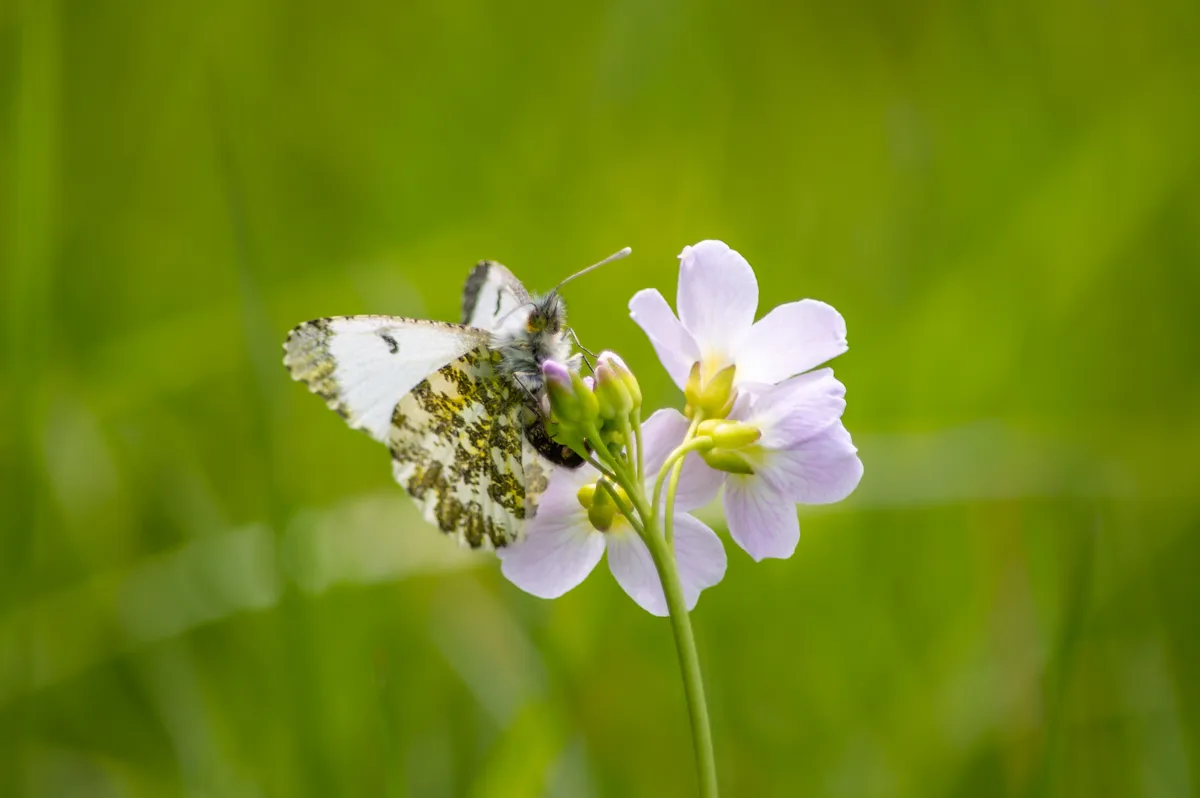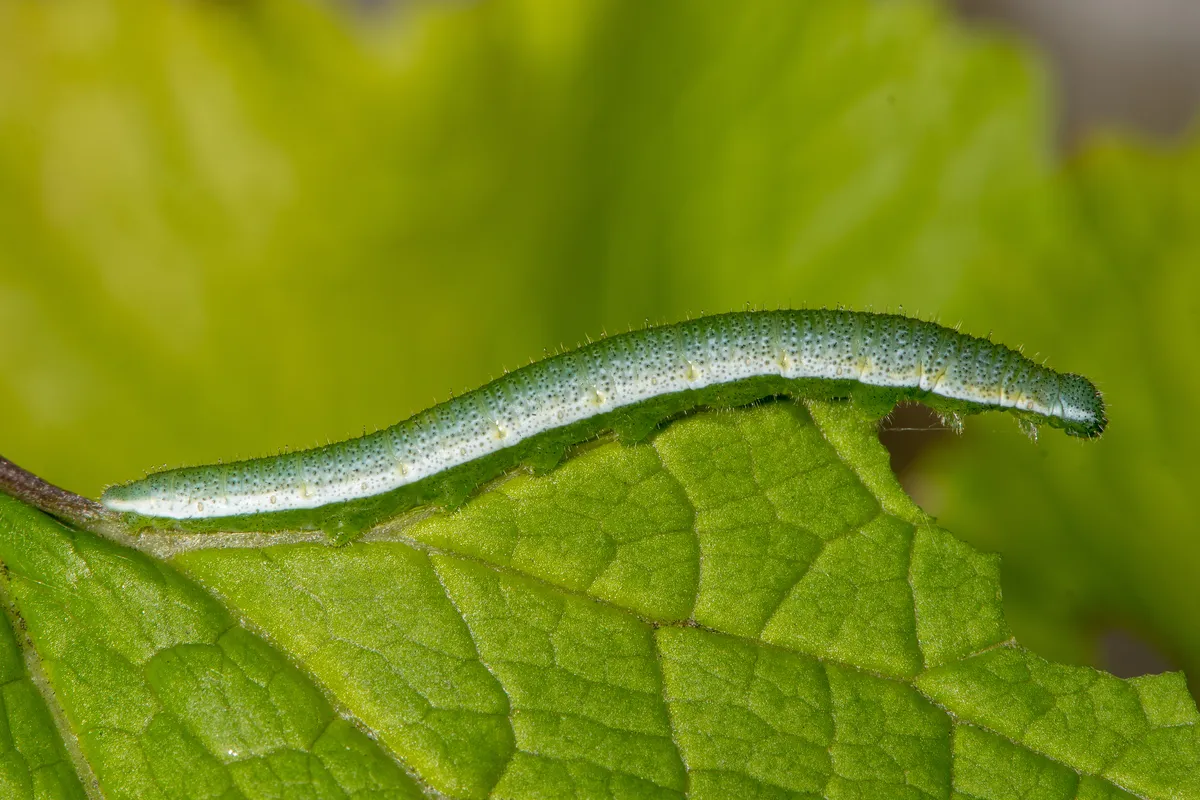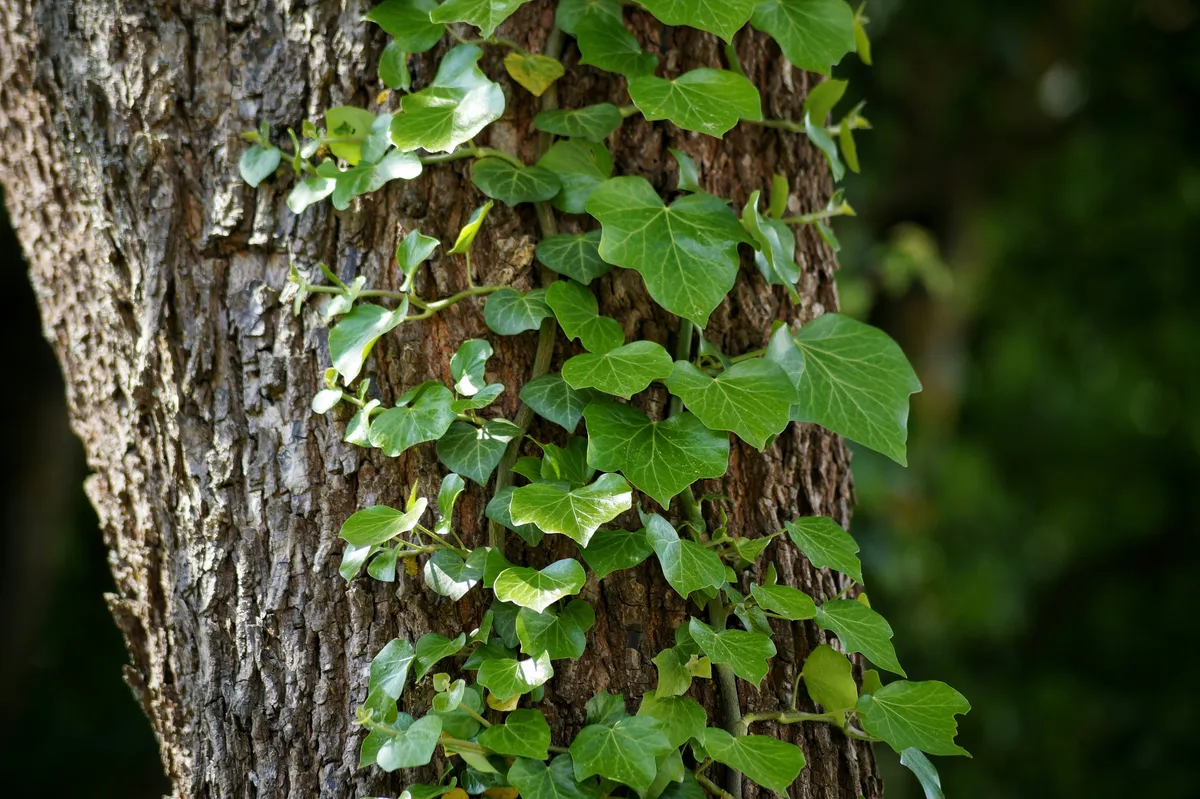I live in a very urban area and have seen significant declines in peacock and small tortoiseshell butterflies over the last five years. But that doesn’t stop me trying to help them. As well as an almost year-round supply of nectar, I have a large patch of nettles in full sun, lots of long grass and other caterpillar foodplants such as hops, holly, ivy and buckthorn, for various species.
Around my pond I grow cuckoo flower for the orange-tip, which I’ve yet to see in my garden. I leave plants un-cut in autumn, lest any chrysalides remain on the stems – I often find red admiral caterpillars on nettles as late as December – and I don’t use any bug sprays, fungicides or artificial plant foods, to maintain the most natural habitats I can.
No matter how small, our gardens and outside spaces can provide food and shelter for butterflies. Small gardens and balconies, roof gardens and even window sills can provide stepping stones for butterflies to fuel up as they search for breeding habitats and a mate, while larger spaces can provide more complete habitats, including caterpillar foodplants, basking spots, overwintering opportunities, and of course nectar.
Visit our wildlife gardening hub to get more advice, including how to help hibernating amphibians, how to make a butterfly feeder, and how to attract birds to your garden. Plus, find out how to download our free wildlife gardening digital magazine.
Learn more about caterpillars:
10 of the best caterpillar food plants for butterflies
Nasturtium (Tropaeolum spp.)

Called ‘cabbage whites’, the caterpillars of large and small white butterflies typically feed on brassicas and are the bane of veg growers’ lives. But they will also use nasturtium – plant it next to brassicas so you can encourage caterpillars from them to this sacrificial plant.
Nasturtiums are very easy to grow from seed. Just sow under cover from March or direct into the ground about 30cm apart after the frosts have passed and you will enjoy their masses of bright flowers through the summer months. Collect their large seeds in autumn – or just let them plant themselves where they naturally drop.
The caterpillars of the large white and small white will lay their large greenish eggs on the underside of the leaves and will hatch into hungry caterpillars that will then eat the leaves. The large white caterpillar is green with black markings, whereas the small white is pure lime green. The adults are significantly harder to tell apart.
If the caterpillars are willing to share, nasturtium leaves and flowers are great in salads – adding a peppery taste and pretty, floral decoration. Pick the leaves when young for the best taste.
Nettles (Urtica spp.)

Both annual and dwarf nettle are suitable. Grow in as large a clump as you have space for and look out for large ‘tents’ of caterpillars, or single larva in a rolled-up leaf.
Nettles enjoy full sun and rich, moist soil – in fact, you will often see them growing near compost heaps for this reason. For many people, it will just be a case of letting them establish themselves where they naturally appear, but if you bereft of nettles, sow seeds into well-fed soil in spring, about 3cm apart, and continue to water well. To get a head start, you could sow into pots indoors and expect germination within about two weeks.
Harvest them to make ‘nettle tea’, a high-nitrogen liquid fertiliser that can then be watered on plants. Or there are myriad ways to use nettles in the kitchen, including nettle soup and nettle beer.
Cut nettles fairly regularly to promote the fresh green growth required by the caterpillars of small tortoiseshell, red admiral, peacock, painted lady and comma butterflies.
Moths rely on nettles for their larvae too. Look out for small magpie, burnished brass, mother-of-pearl and spectacle moths!
Buckthorns (Frangula alnus and Rhamnus cathartica)
- Buy alder buckthorn now from Woodland Trust
- Buy purging buckthorn now from Woodland Trust

Both alder and purging buckthorns are foodplants for the brimstone butterfly caterpillar. Plant in sunshine, as a specimen shrub or as part of a mixed native hedge. Avoid any pruning until autumn.
The male adult butterfly is a striking buttery yellow, while the female is a more muted whitish green. Both have an interesting, pointed wing shape, which helps disguise them among leaves. The all-green caterpillars appear around May and will munch the leaves of alder and purging blackthorn from the outside in. Resting larvae have a funny habit of lifting the front half of their body off the leaf!
Lady's smock or cuckoo flower (Cardamine pratensis)
- Buy seeds now from The RHS

Grow at the pond edge or in otherwise damp or boggy soil. Avoid cutting back in autumn as orange-tips overwinter as pupae on the old stems, and don’t emerge as adults until the following spring.
The pretty flowers of the perennial lady’s smock or cuckoo flower appear from April – traditionally around the time that the first cuckoo is heard. They are a delicate lilac, veined with darker violet. Seeds can be sown indoors from August to September and planted out the following spring, or sown outdoors from March to May, once the soil has warmed up.
Orange–tips are common and widespread, and the males are easily recognised by their bright orange wing tips. Females have black wingtips. Both have a mottled green patter on the underside of their hind wing (see above image). Look out for mature eggs which are also a tell-tale orange!
Green-veined white are also common and widespread. The upper wings are white but the undersides are a zesty green with noticeable dark green veins.
Long grasses – bents (Agrostis), couch (Elytrigia), fescues (Festuca)
Letting areas of grass grow long will benefit a range of grass-feeding species. Avoid cutting until late summer – if you can leave some areas completely uncut you will benefit species such as speckled wood, which overwinters as a caterpillar or pupa.
Bents, couch and fescues are common among the grasses that make up a typical garden lawn and seed is readily available from garden centres and online. Soil preparation is important when establishing new lawns. You will need to rake the soil to a fine tilth, remove stones, level and leave to settle before sowing seed. Late summer to mid-autumn is a good time to sow grass seed, when the ground is warm and hopefully damp from the rain. Regular watering is essential.
Holly (Ilex)
- Buy plants now from Crocus, The RHS, Woodland Trust

Holly blue caterpillars feed on the flower buds, berries and leaves of holly in spring. In late summer, the second generation rely on ivy. Holly can be grown as a shrub, small tree or as part of a hedge. It is worth noting that only females bear the red berries. Saplings can be planted any time of year and will tolerate most soil types and even deep shade.
The adult is easily identified as it emerges much earlier than any other blue butterflies. Males are bright blue and females are the same colour but with black wing tips. The holly blue can also be distinguished from the common blue as it has small black spots on the underside of its wings.
Hops (Humulus lupulus)
- Buy seeds or plants now from Chiltern Seeds, Crocus, The RHS
Grow this perennial climber against a fence or wall, or up a trellis, and cut back in autumn. Comma used to be a pest of hops but switched to laying their eggs on nettles when the hop industry declined, but will still use it when available.
Plant in fertile, well-drained soil and this vigorous perennial can reach up to 6m, producing cone-like flowers in September, followed by the hops.
Comma caterpillars are predominantly brown and black, with a large white stripe towards their rear. Adults are a striking orange-red colour with ragged wing edges. The species is becoming more widespread across the UK, probably due to global warming.
Birdsfoot trefoil

Try attracting common blue butterflies by planting birdsfoot trefoil, either at the front of a border or among the long grass. Common blues prefer grassland habitats and birdsfoot trefoil is the main foodplant of its larvae.
The cheery yellow flowers of birdsfoot trefoil can be seen in lawns, along roadsides and in all kinds of grasslands from May to September. They are a great source of nectar for the adult butterflies, and bees too.
It is important to soak the seeds in water for 24 hours before planting them, or gently scarify (making a small nick in each seed). Sow under glass in early spring or autumn and only plant out when it’s warm enough – late spring or early summer. Be aware that this if a fast-growing perennial which can cover large areas quickly.
Male common blue butterflies are a vibrant blue, but females will range from brown in the south of England to blue in western Ireland and Scotland. The colour varies even within local populations though. As its name suggests, it’s common and widespread with adults on the wing from May to October.
Garlic mustard (Alliaria petiolata)
- Buy seeds now from Chiltern Seeds

Grows well in shady spots and its leaves have a faint whiff of garlic. Remember that orange-tips overwinter as pupae on the old stems, so avoid cutting back spent plants.
It’s easiest to sow directly outside from March to May, or in autumn. As a biennial plant, it takes two years to complete its life-cycle so only expect to see the small white flowers the spring of the second year. Garlic mustard will happily self-seed from then on, so deadhead if you want to reduce its spread.
Ivy (Hedera helix)

Plant in sun or shade, against a fence or wall. Ivy has a reputation for destroying buildings but only those with existing holes, which the plants’ roots exploit. Holly blue lays eggs on ivy in summer.
Ivy blossom is also a wonderful late source of nectar for butterflies, moths and other pollinators, when other flowers have ended. The pink-barred sallow, angel shades, lunar underwing and migrants such as the silver-Y are just some of the autumnal moths which rely on ivy.




